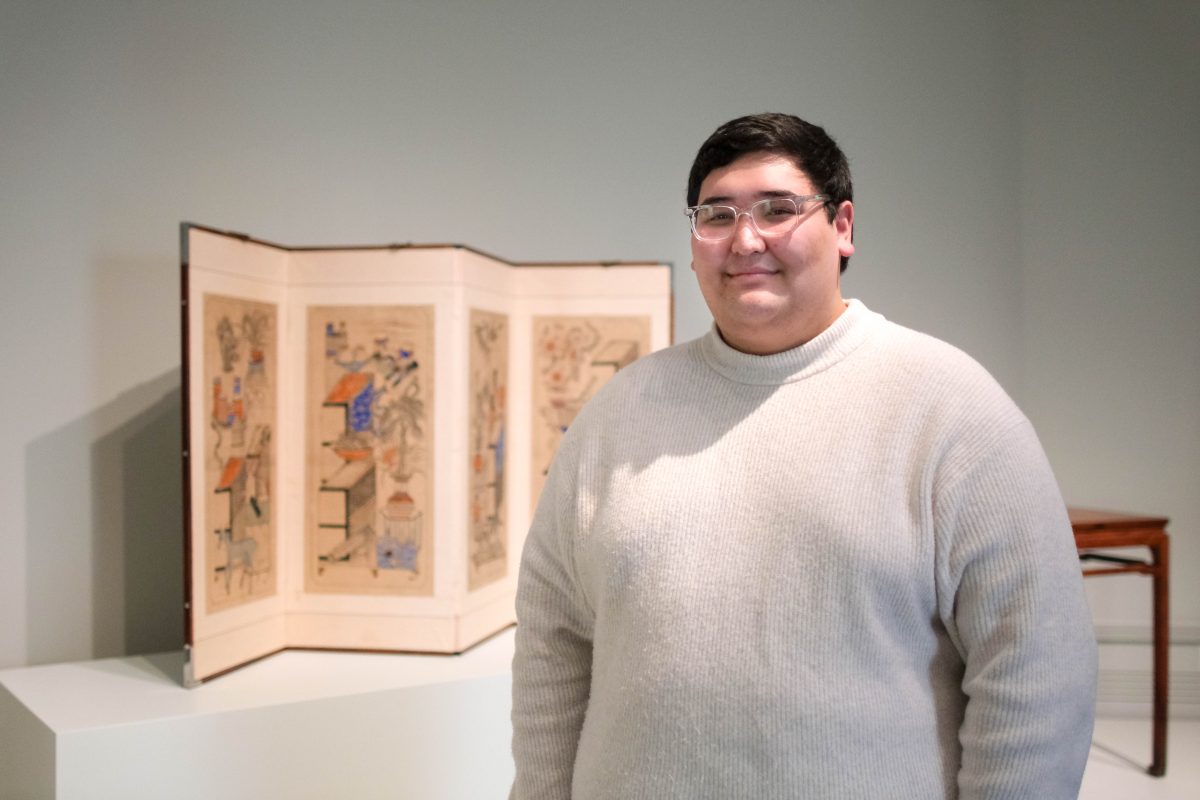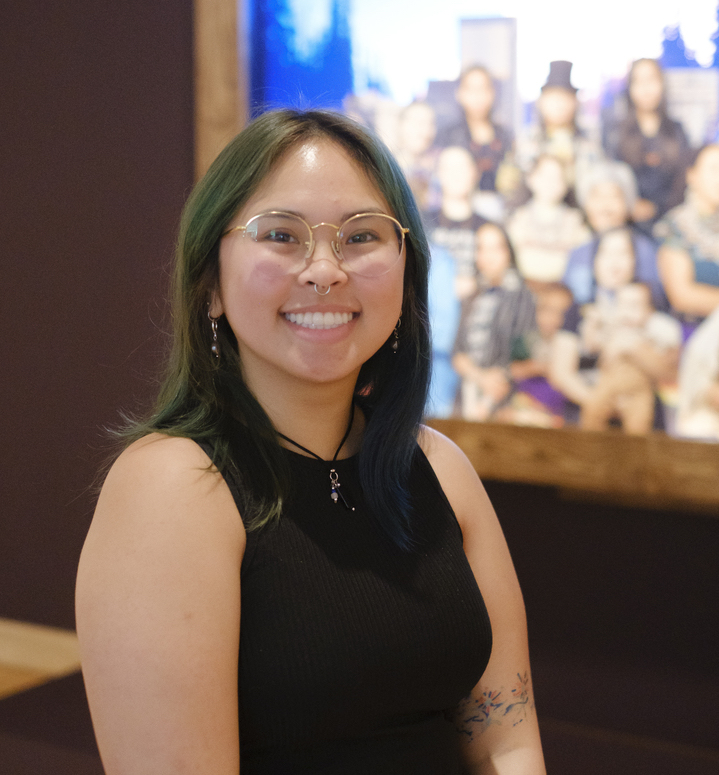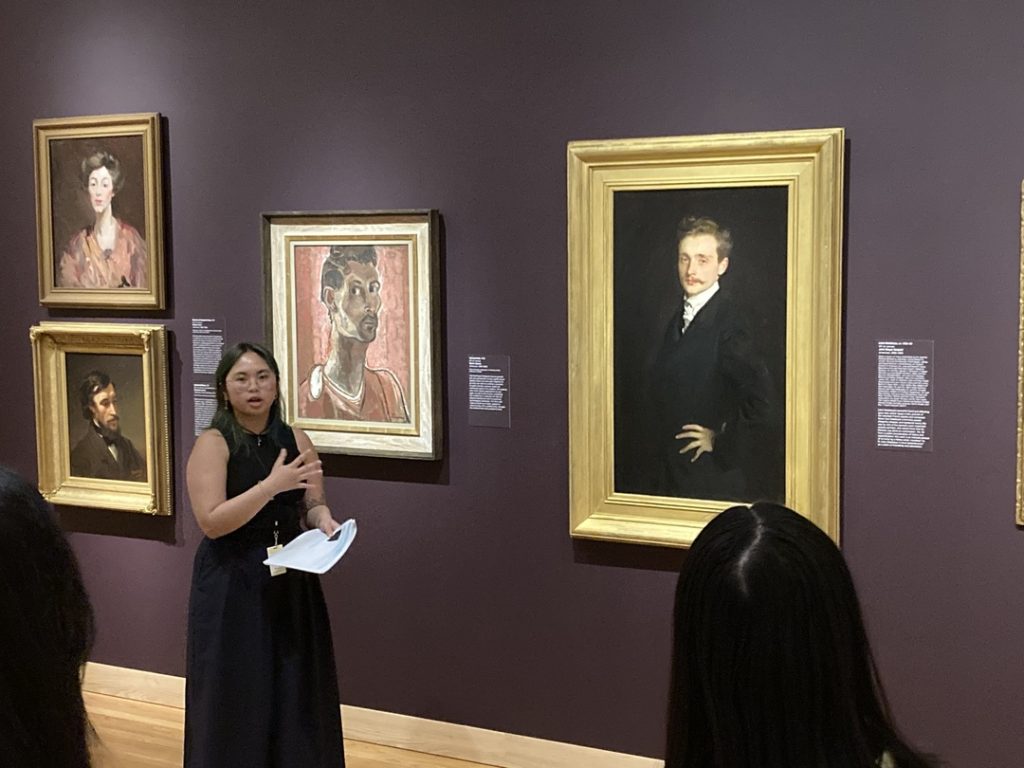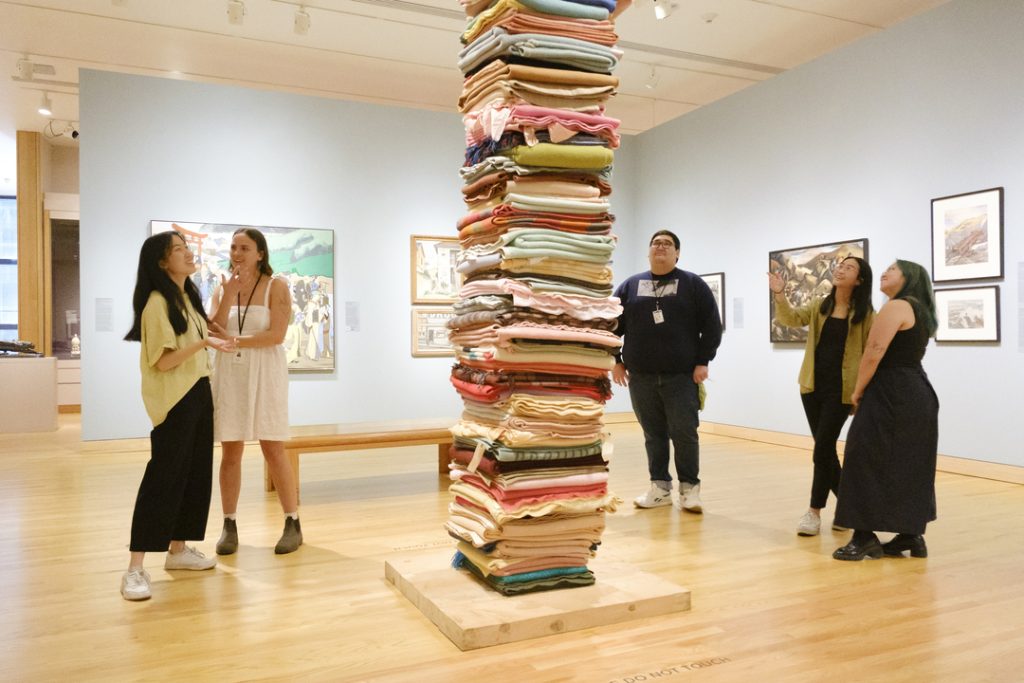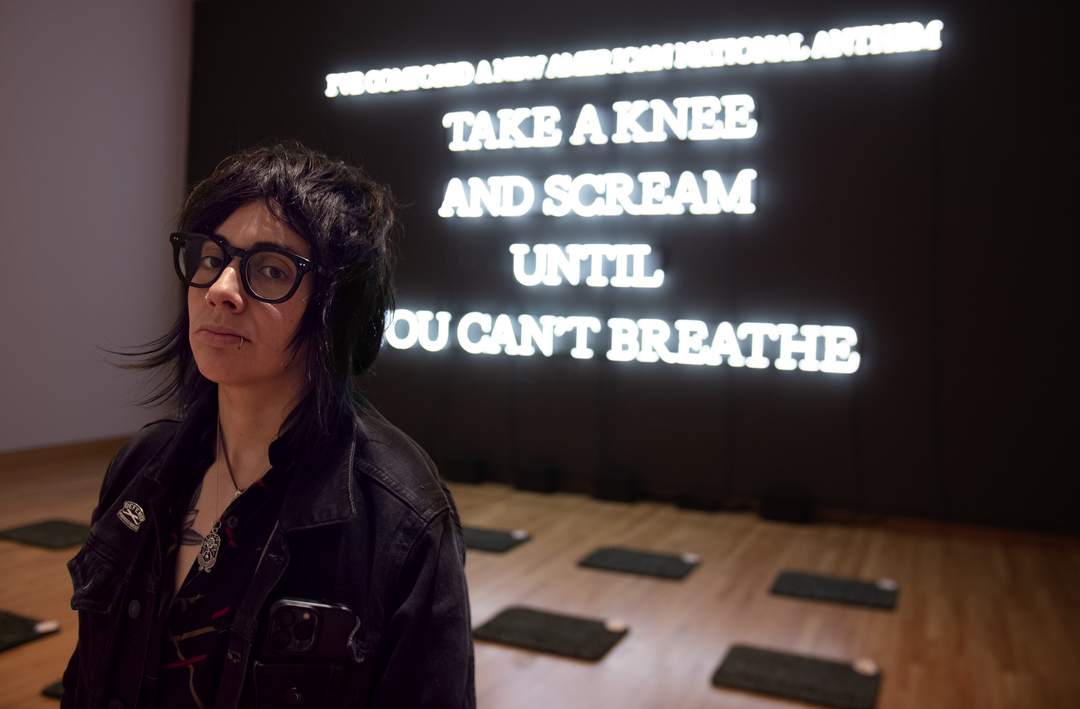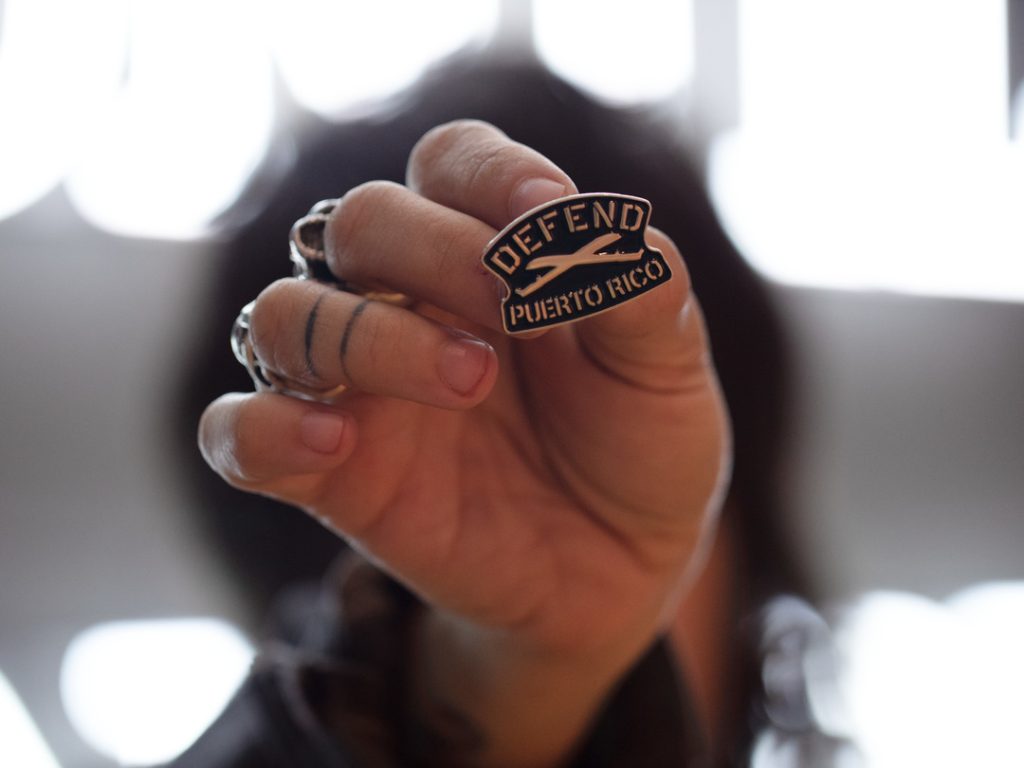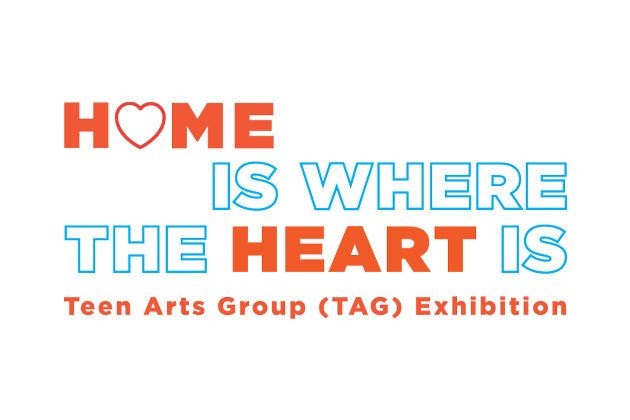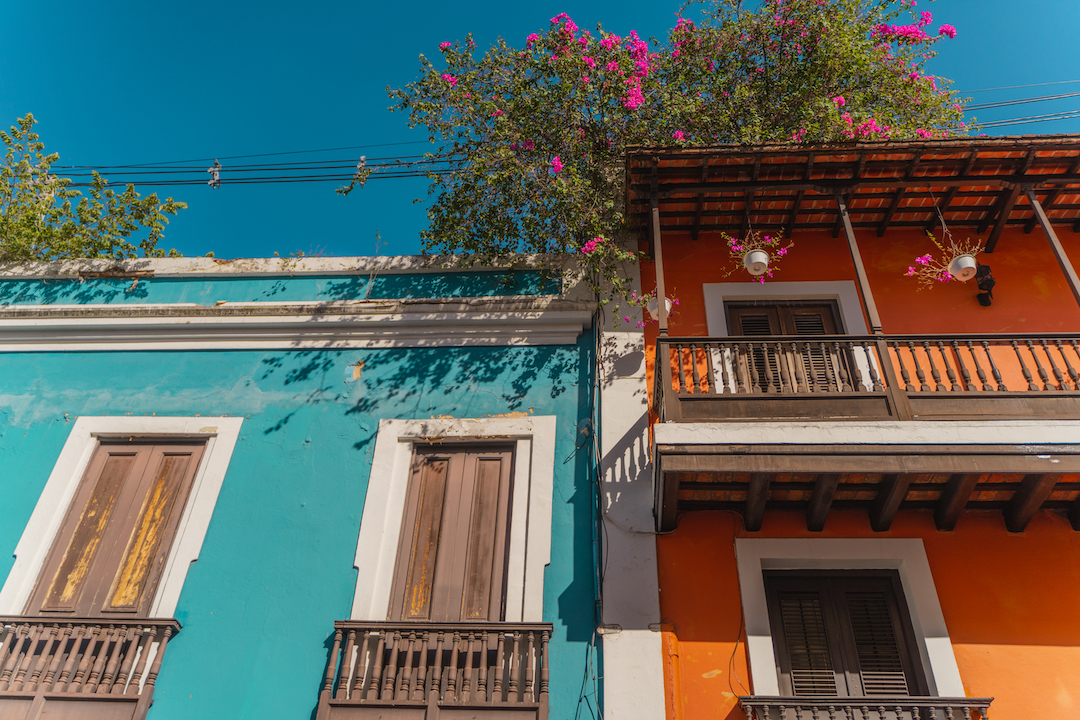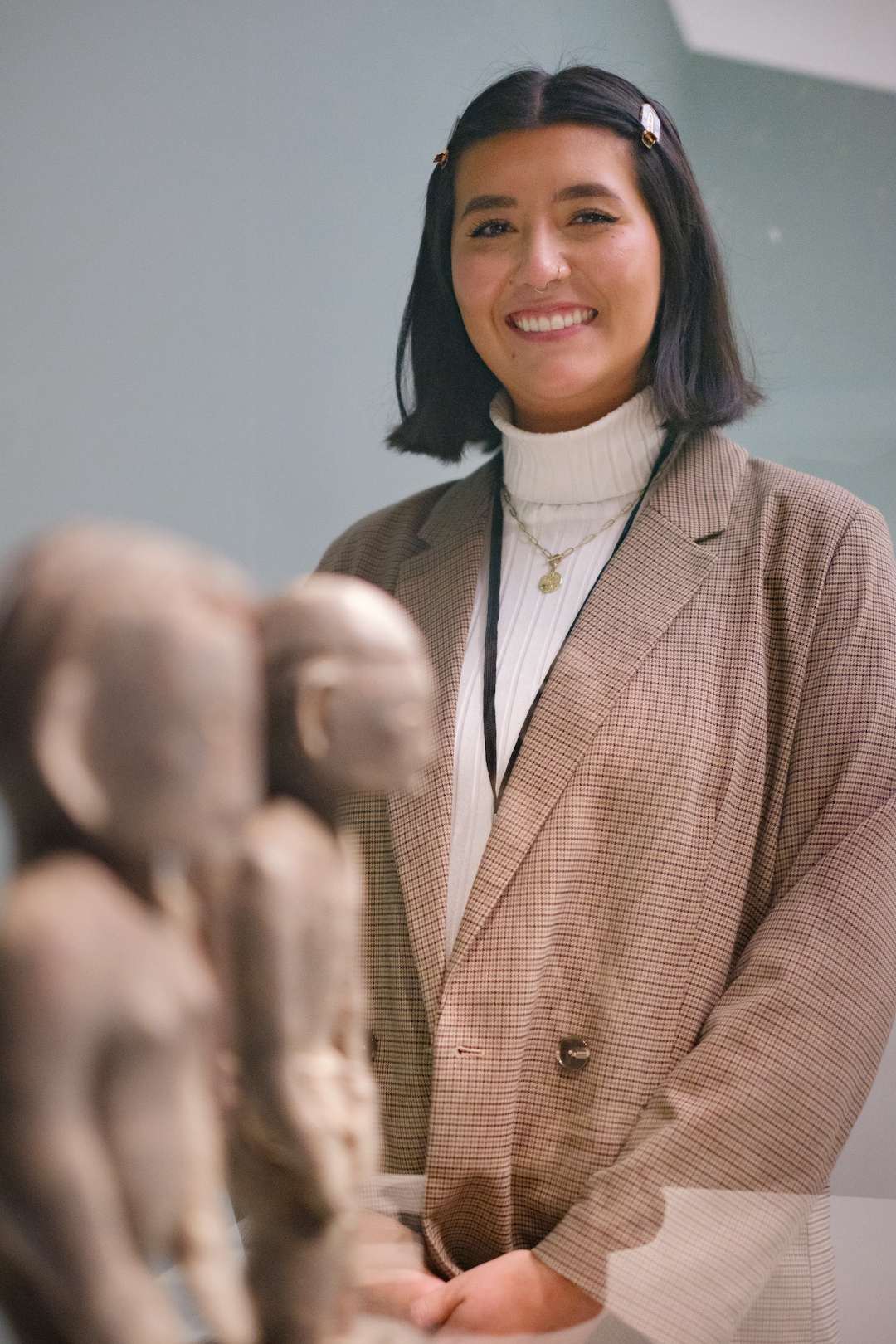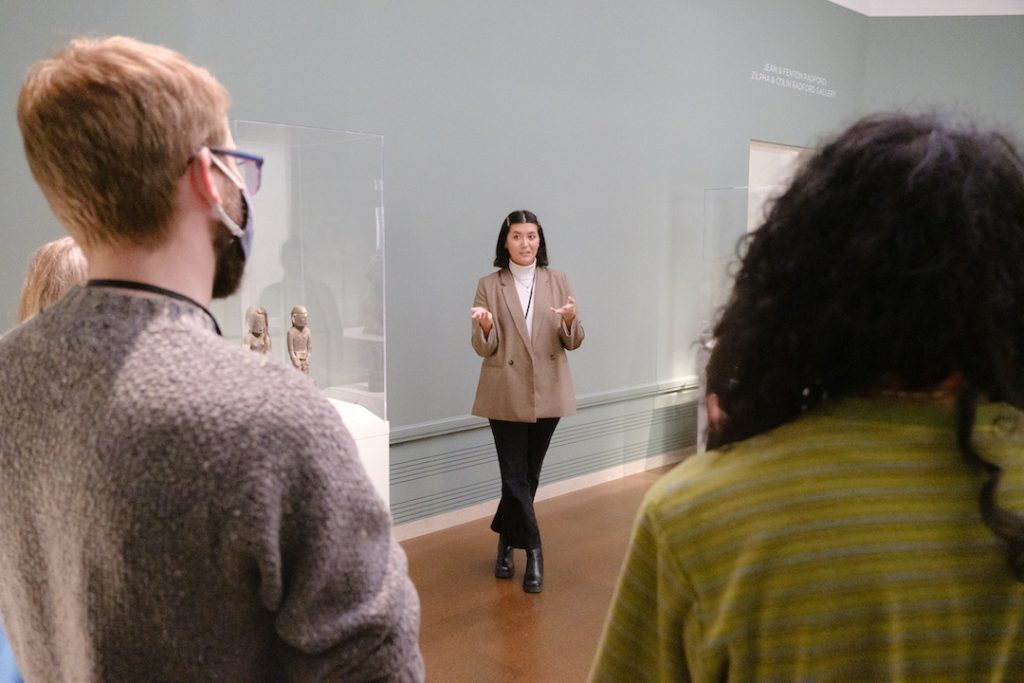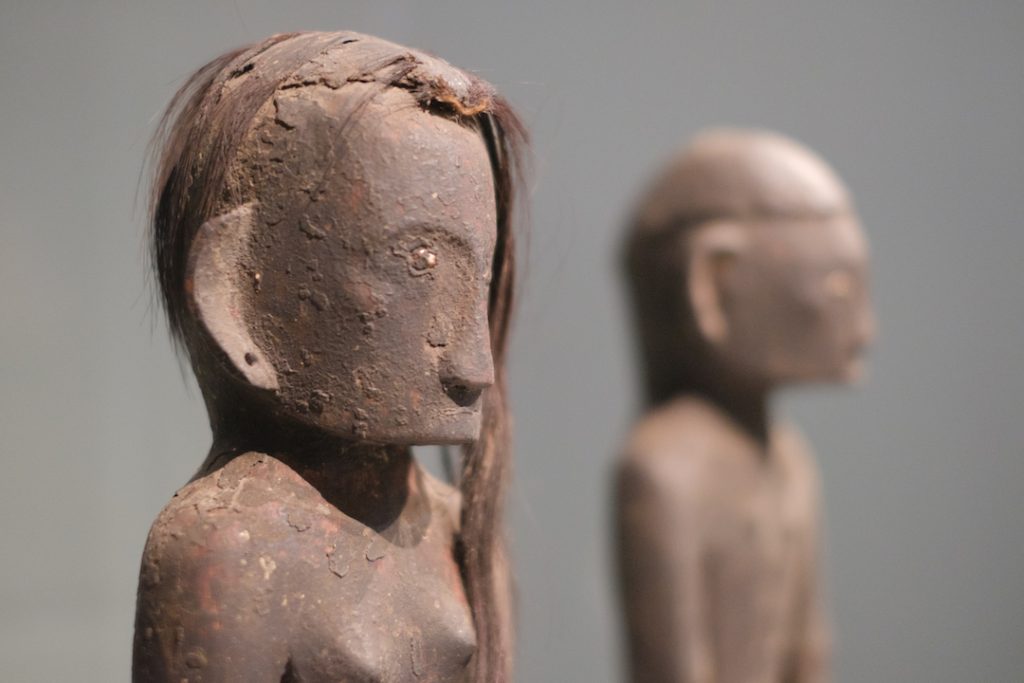Envisioning My Future in Arts Education: Emerging Arts Leader Zakaria Sadak Reflects
If you had asked me about my career plans a year or two ago, I would not have guessed that working at the Seattle Art Museum was in my future. It wasn’t until my first year of college when the histories, values, and principles embedded in my surroundings captured my full attention and academic interest. It left me with no choice but to abandon my math and economics studies in favor of art history. Combined with my latent interest in Korea, as fostered by a childhood richly patterned with Korean objects and visual culture, I chose to pursue a career in museums to further learn and digest my history through the lens of Korean art history.
It is with this background that I entered the Seattle Art Museum for the first time this past January. Though I grew up in various parts of Washington, visiting the Seattle Art Museum had always evaded me. I came to SAM with an interest in art history and connecting students to art, so my work within the institution’s education department creating educator and student materials was particularly relevant. Through all of this work, my supervisor SAM Manager of School & Educator Programs Yaoyao Liu’s mentorship and guidance was crucial.
Aside from putting up with my many (many) questions as I became acquainted with everything, Yaoyao and other colleagues in the education division were the resident experts who helped me get through it all and eventually join them as a staff member. Though general visitors may not be impacted by my work, I want to plug the SAM educator and student offerings. My work creating art activities and in-gallery materials with the exhibition Ikat: A World of Compelling Cloth and the traveling exhibition Hokusai: Inspiration and Influence from the Collection of the Museum of Fine Arts, Boston will be available for students to work on in their classrooms and at home, as well as the numerous offerings created by colleagues.
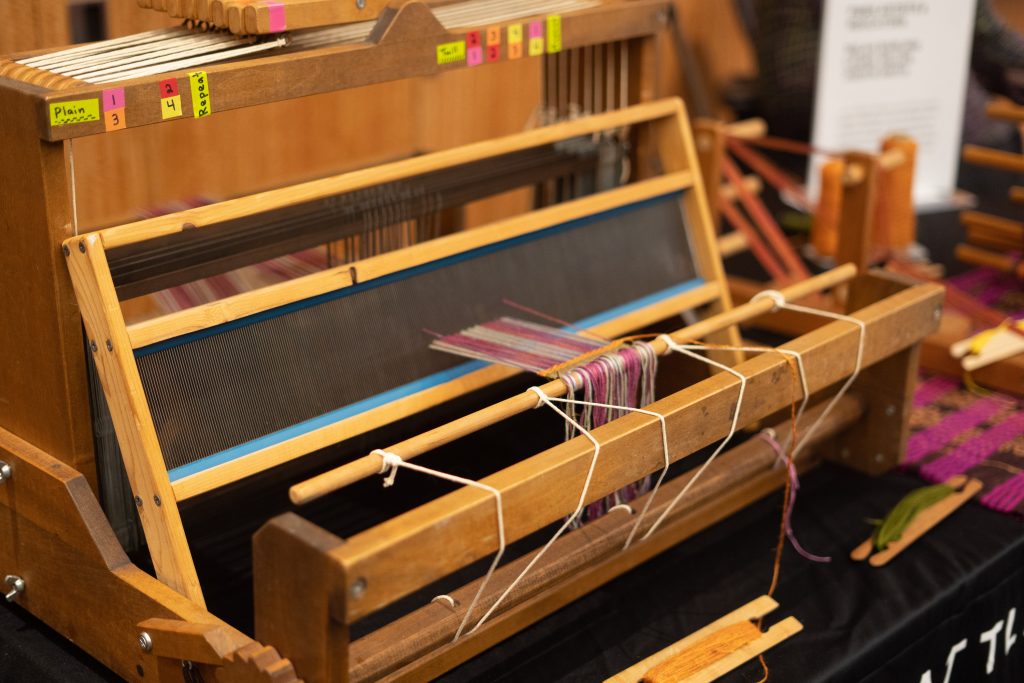
A notable highlight of my internship was my work with Korean objects from SAM’s collection, on view at the Seattle Asian Art Museum. In March, I offered a presentation to museum staff and the public on a four-panel chaekgeori screen and wooden chest as furnishings in Joseon homes. Through research on these objects, I grew to value the ambiguity of the objects a museum sees come through its doors. That is to say, my research of these objects through the Emerging Arts Leader Internship afforded me the opportunity to break up the polished object lists that neatly fit into textbooks, coursework, and curriculums with objects I might not otherwise encounter.
The Seattle Art Museum is a space to thoughtfully learn about and digest information on a diverse collection of culturally significant artworks. I began my internship at SAM with a limited understanding of museums and am leaving with a clear vision for my future in the museum field and art history. With a two-pronged goal of further understanding Korea’s art history and bridging the gap between esoteric arts research and the public, I can’t help but be sad that I am leaving the work at SAM so soon. As a visitor, intern, and staff member, I certainly have been able to explore where my interest in historical Korean art and I might fit in a museum.
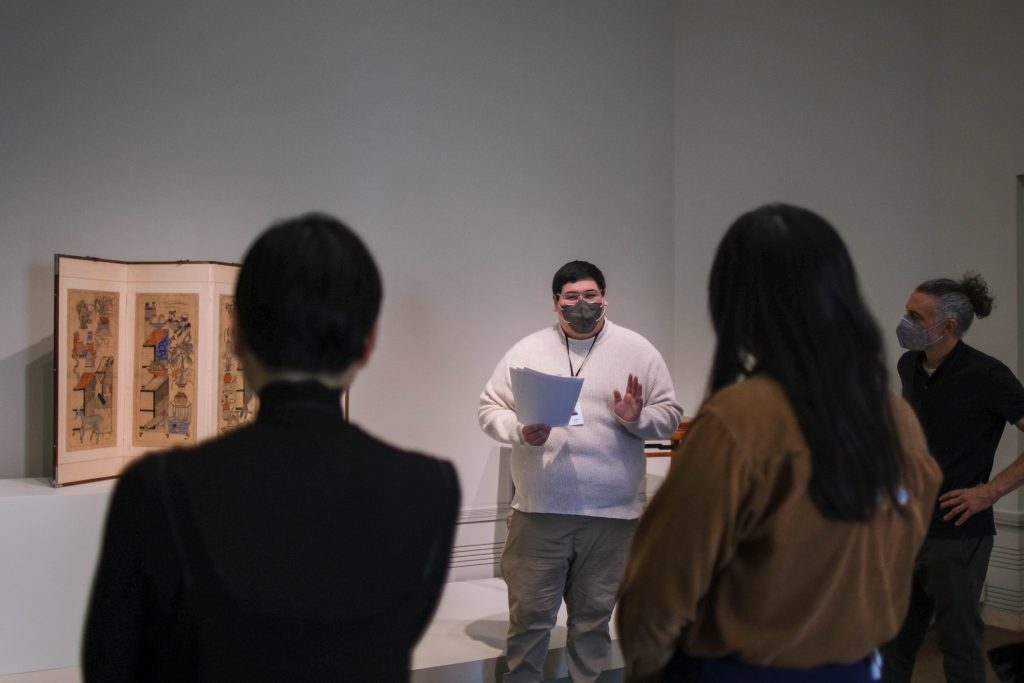
By no means will this exploration end with my time as an intern at the Seattle Art Museum. I am thankful for the support of everyone at the museum both throughout the internship and ongoing as I resume studies in Chicago and begin my next role at the Smart Museum of Art. I want to offer a final thanks to Yaoyao, everyone in the education division, SAM Human Resources & Intern Programs Coordinator Samuel Howes, and my fellow interns for creating the bright, welcoming, and uplifting environment at SAM.
– Zakaria Sadak, SAM Emerging Arts Leader in School & Educator Programs
Photos: Natali Wiseman & Chloe Collyer.
